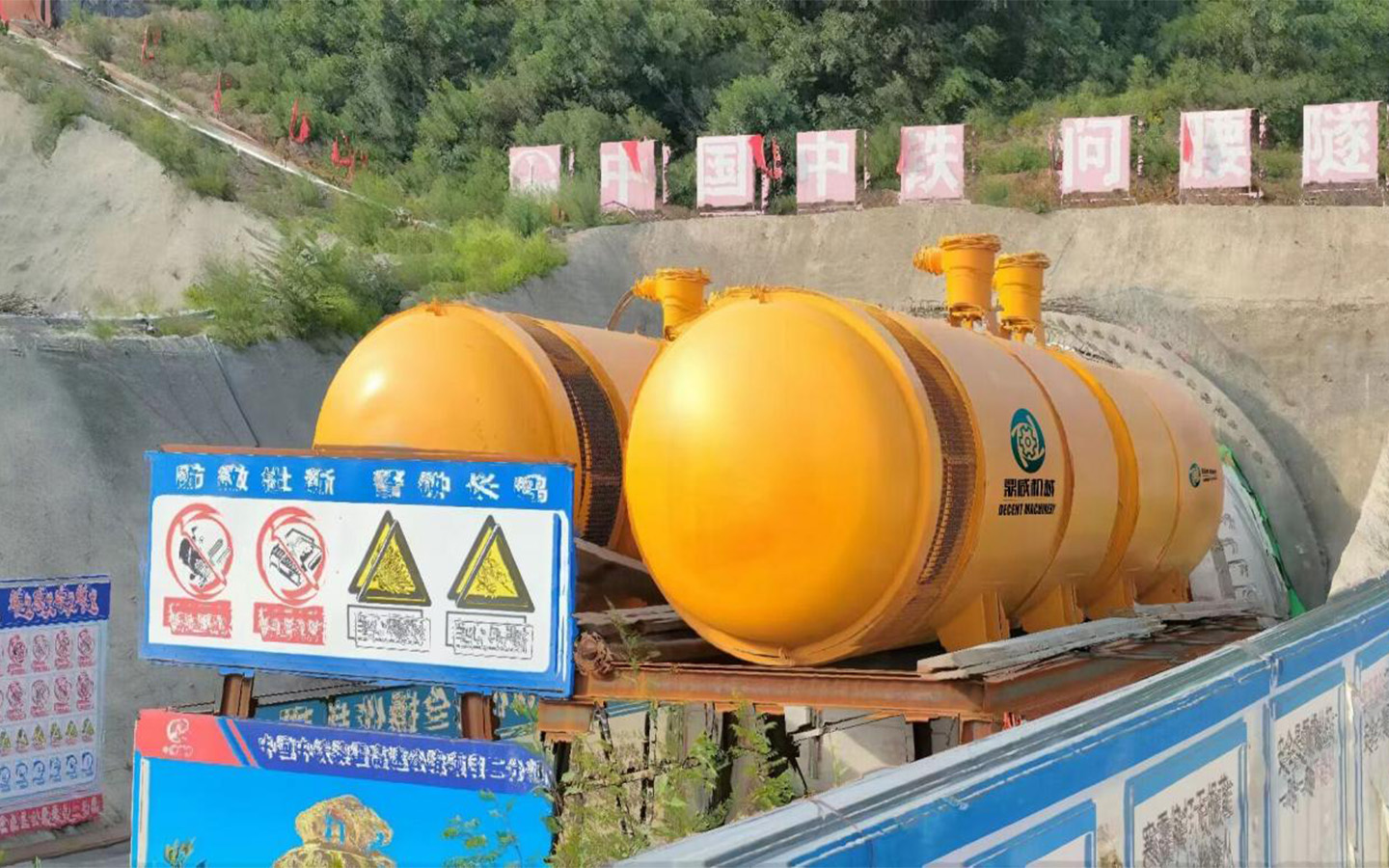Tunnel ventilation fans play a crucial role in maintaining proper airflow and improving air quality within tunnels. However, their usage requires careful consideration and adherence to certain precautions to ensure safe and efficient operation. This article will highlight some important guidelines to follow when using tunnel ventilation fans.
1. Regular Maintenance: Regular inspection and maintenance are essential to keep tunnel ventilation fans in good working condition. This includes checking the fan blades and motor for any signs of wear or damage, as well as ensuring the fan is free from any obstructions. Routine maintenance helps prevent unexpected breakdowns and ensures maximum fan efficiency.
2. Adequate Ventilation Design: Proper ventilation design is crucial to ensure the tunnel’s air quality and safety. It is essential to consult with ventilation experts and engineers to determine the appropriate number and capacity of tunnel ventilation fans required. The design should take into consideration factors such as tunnel length, traffic volume, and the presence of any hazardous materials.

3. Emergency Preparedness: In tunnels, emergencies can occur unexpectedly, such as fires or accidents that release toxic gases. It is crucial to develop an emergency response plan and install backup ventilation systems and power generators to ensure airflow during emergencies. The tunnel ventilation fans should be equipped with automatic controls that can activate in case of emergencies.
4. Noise and Vibration: Tunnel ventilation fans can generate significant noise and vibrations during operation. Proper noise abatement measures, such as acoustic enclosures and vibration dampening systems, should be implemented to minimize the impact on nearby residential areas and ensure the comfort of tunnel users.
5. Temperature and Humidity Control: Tunnel environments can experience drastic temperature and humidity changes. Ventilation fans should be capable of managing these variations effectively. Fans equipped with temperature and humidity sensors can automatically adjust their operation to maintain optimal conditions and prevent condensation or excessive heat buildup.
6. Power Supply: Reliable and uninterrupted power supply is essential for the continuous operation of tunnel ventilation fans. Backup power sources, such as diesel generators or uninterruptible power supply systems, should be installed to ensure the fans can function during power outages. Regular testing of backup power systems is necessary to verify their reliability.
7. Safety Measures: Safety precautions should be strictly followed when working with tunnel ventilation fans. Personnel responsible for fan maintenance or repairs should receive proper training and use personal protective equipment. Lockout-tagout procedures should be followed during maintenance to prevent accidents caused by unexpected energization.
8. Environmental Considerations: Tunnel ventilation fans can have an impact on the environment, such as displacing wildlife or causing noise pollution. Environmental assessments should be conducted to evaluate the potential ecological impact of the fans. Mitigation measures should be implemented, such as the use of noise barriers and the installation of wildlife access points.
In conclusion, the proper use of tunnel ventilation fans requires careful attention to maintenance, ventilation design, emergency preparedness, noise and vibration control, temperature and humidity management, power supply, safety measures, and environmental considerations. By adhering to these precautions, tunnel operators can ensure safe and efficient operation for the benefit of both tunnel users and the surrounding environment.

 Español
Español Русский
Русский Tiếng Việt
Tiếng Việt 中文
中文 suomi
suomi Français
Français Português
Português English
English Deutsch
Deutsch Français
Français Español
Español Italiano
Italiano Português
Português Pусский
Pусский


